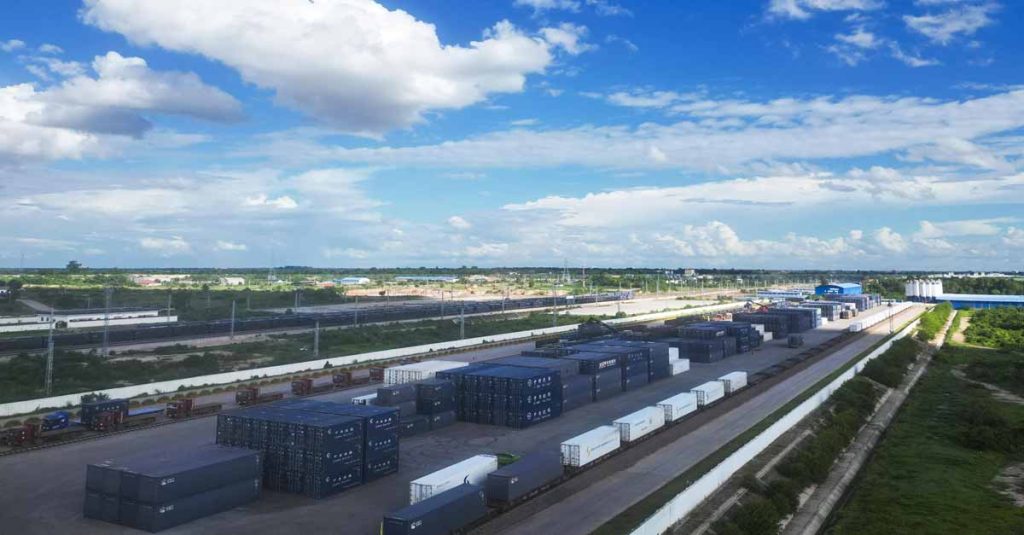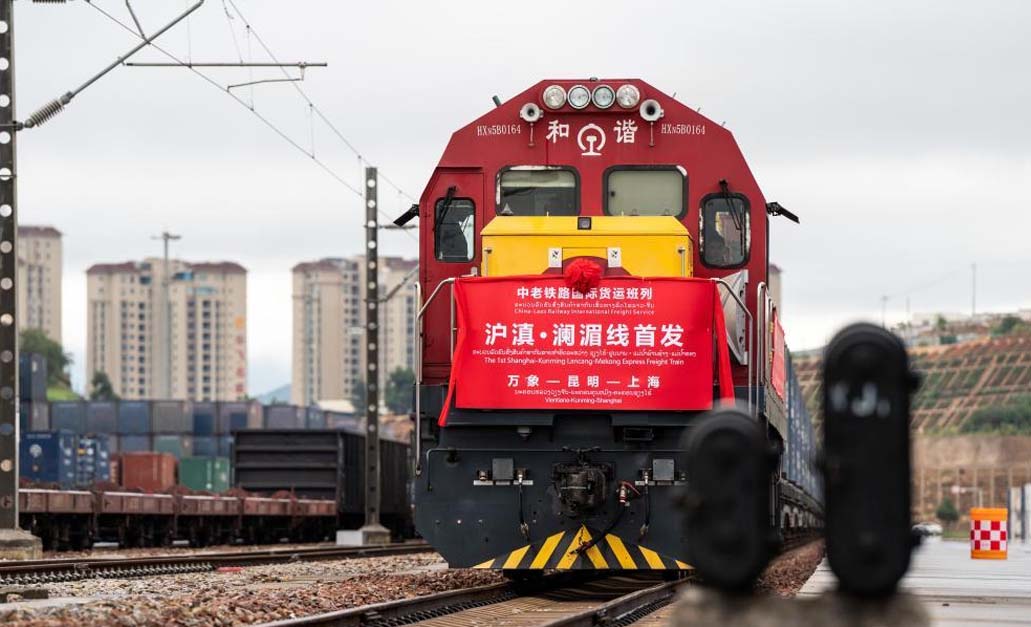Filipino micro, small and medium-sized enterprises (MSMEs) are advised to implement a quality-based excellence approach in their products and services, a key strategy for competitiveness and market access.
According to a quality handbook released by the International Trade Centre under “ARISE Plus Philippines Project” financed by the European Union, small entrepreneurs very often are not aware that not applying quality proves more costly than incurring costs of applying quality methods and techniques.
“From commanding favorable prices, encouraging repeat business and reducing risk and waste, to increasing market shares and profits, the benefits of quality are extensive and significant,” it said.
The handbook cited some good quality practices and tools, including Kaizen, quality circles, good housekeeping practices, and the seven basic quality tools.
Kaizen in Japan is a system of improvement that applies equally to both home and business life, as well as social activities. It has contributed to the success of many Japanese companies.
Every employee -from upper management to the cleaning personnel- is encouraged to come up with small improvement suggestions on a regular basis. Suggestions are not limited to any specific area such as production or marketing, but concern any area where improvements can be made.
“It would be useful for managers to spend some time on the shop floor working with employees to help and encourage them to develop suggestions. Managers should also ensure employees see their good suggestions acted on immediately. Suggestions should be implemented as far as possible on the same day. Employees should be kept informed about the outcome of their suggestions,” it said.
Tools used by quality circles include data gathering tools such as Check Sheets, graphical tools like histograms, frequency diagrams and pie charts, the Ishikawa or Fishbone diagram to identify causes of a problem, the Pareto Chart to set priorities and the PDCA (plan-do-check-act) approach for continuous improvement.
The handbook said issues that are generally addressed by quality circles in enterprises include improving occupational health and safety, improving product design, and improving manufacturing
processes.
The good housekeeping practices refer to the five steps of Japanese 5S involving Sort, Set in order, Shine, Standardize and Sustain.
Sort helps in determining which items are needed, Set in order enables one to decide how they are to be kept, while Shine includes cleaning and caring for equipment and facilities and inspecting them for abnormalities.
Standardize means ensuring that whatever level of cleanliness and orderliness has been achieved and should be maintained. This requires the development of a work structure that will support the new practices and turn them into habits.
The fifth S –Sustain promotes the habit of complying with workplace rules and procedures, creates a healthy atmosphere and a good workplace.
“Before starting quality control activities, it is crucial first to set your housekeeping in order. Systematic housekeeping is the foundation for quality control,” the handbook said.
On the other hand, the seven basic quality tools that could easily be taught to any member of the organization include the process flow chart, check sheet, histograms, Pareto analysis, cause and effect diagram, scatter diagram and control charts.
After Italian economist Vilfredo Pareto, the Pareto analysis is also called the “80-20 Rule”, indicating that 80 percent of the problems stem from 20 percent of the causes. It helps to identify the most important areas to solve problems.
The handbook further said a customer will be satisfied if the product conforming to his needs and expectations is delivered, but businesses also need to deliver the product within the agreed time and price.
“In the marketplace, the winners will be those who can offer products or services that are better (in terms of quality), cheaper (in terms of costs) and supplied more efficiently (delivered in time or provided with a timely after-sales service). If customers are not satisfied, they can always buy from another supplier. In this sense, quality is the core task of a business. It is not optional. It is essential for survival,” it added.
























